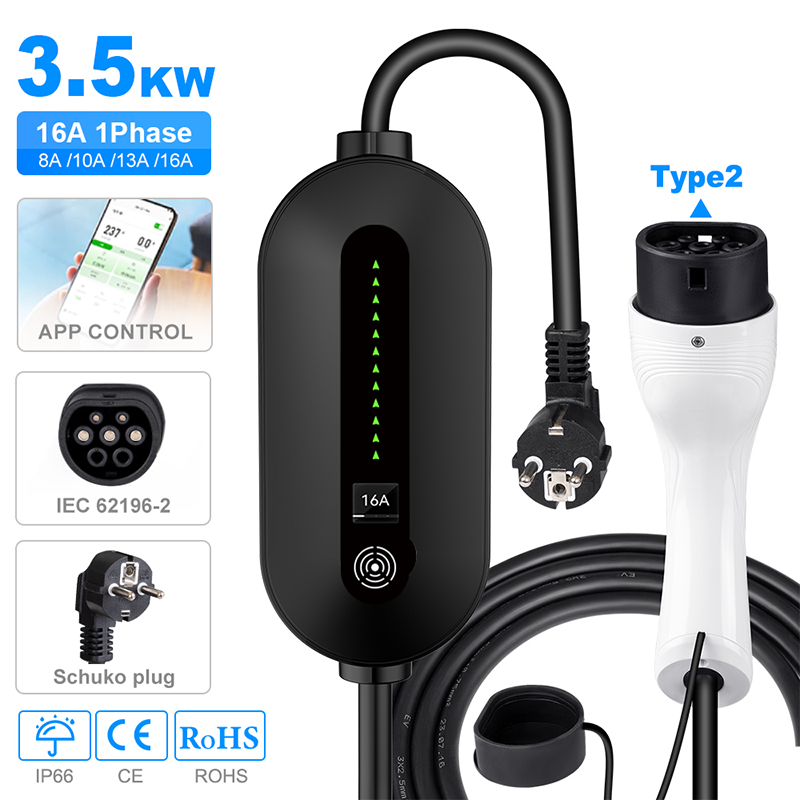EVs, or electric vehicles, have become increasingly popular over the past few years, as they are considered more environmentally friendly when compared to conventional cars. However, from the viewpoint of the consumer as well as from the viewpoint of the business, it is equally important to note that rechargeable batteries come in different types. This blog will focus on the different types of rechargeable batteries and the importance of each one of them to the consumer.
The Level 1 charger is the first and the most basic type of charger. They are often found in the home and as such, Level 1 chargers are highly accessible. They do, however, use a standard 120-volt outlet that makes them useful for most households. They, in comparison to other types of chargers, are the best for overnight charging as they are able to provide a range of 4-5 miles of range with each hour of charging. While they are convenient to use on a day to day basis, as the charging speed is slower, it will prove to be a hassle for people who have a lack of time.
We will now look at Level 2 chargers. They are used in public charging stations and are more efficient than Level 1 chargers. They provide approximately 25 mi of range for every hour of charging. These types of chargers are ideal for commercial businesses, workplaces, and multi-family residences. In addition, they support a wide range of EVs, so are a good solution for companies that want to provide charging for employees and at customer and visitor locations.
Let’s look at the last charging type, the DC Fast Charger, which is also known as DCFC. These chargers are made to quickly provide a charge to the car. They use direct current which allows these chargers to quickly and efficiently provide enormous amounts of energy to the vehicle. DC fast chargers are extremely useful for long distance travel because they can provide 80 percent charge in 30 minutes. These types of chargers are more expensive to install, which is the reason they are placed in specific locations that need quick charging.
Finally, there are wireless or inductive vehicle chargers, which are still in the innovative stage, but they showcase lots of potential. These types of chargers free the user from the burden of physical cables, thus offering hassle-free charging as long as the vehicle is parked above a charging pad. Although this technology is currently not widely adopted, it illustrates the direction of EV charging technology which focuses on convenience.
There are investing businesses which are beginning to comprehend the necessity of marketing charging stations as the EV industry keeps expanding. Increases in customer satisfaction are also tied to the growing demand from EV owners. Moreover, the rise of the Internet of Things (IoT) is also hitting charging stations, letting users monitor, pay, schedule, and even set a mobile reminder for charging. Preemptive payments for charging are also available through mobile applications.
To wrap up, it is important for both individuals and organizations to understand the different types of EV chargers. Each type of EV charger has its unique purpose, including AC Level-1 chargers for residential homes and the DC fast chargers used for quick refueling during long journeys. The electric vehicle ecosystem is expected to grow rapidly in the coming years, and along with it, the infrastructure dedicated to EV charging will need to become more advanced and specialized. Stakeholders in the industry will benefit greatly from following the developments and innovations in the EV charging technology.

